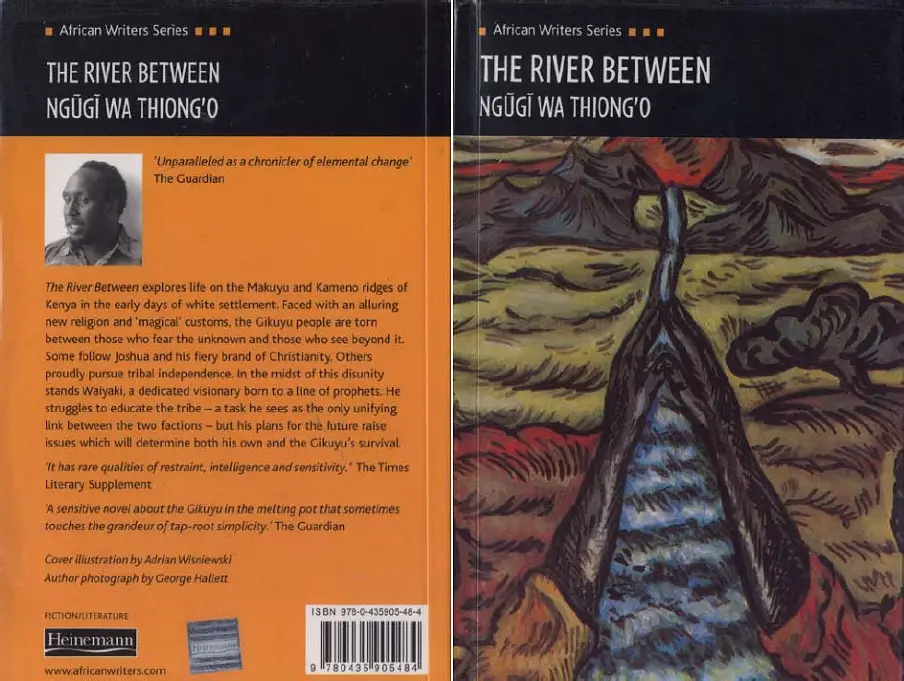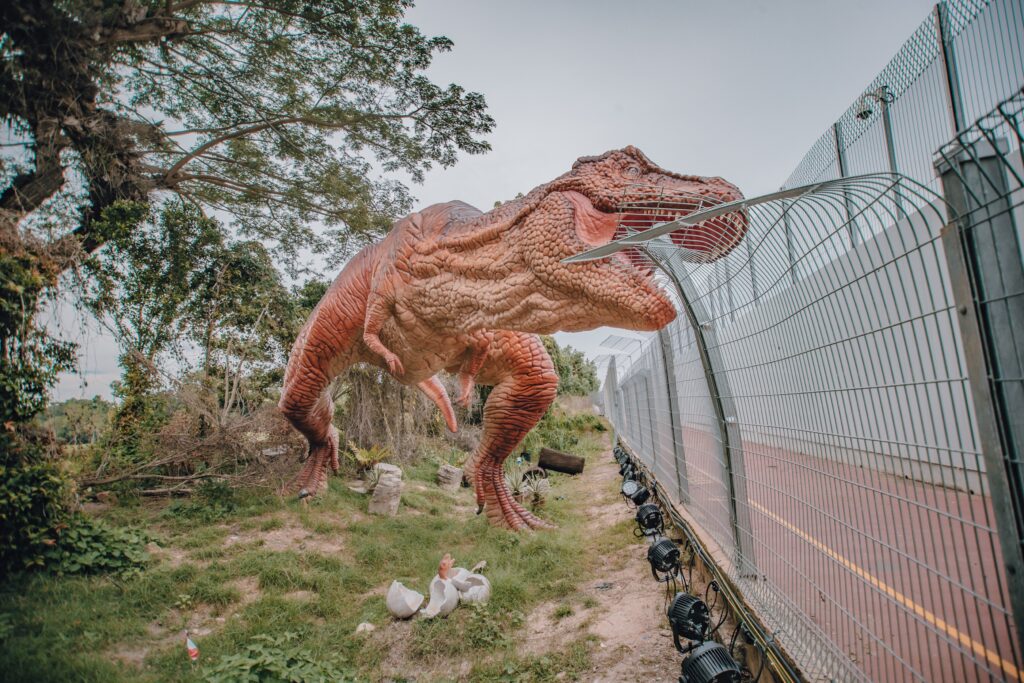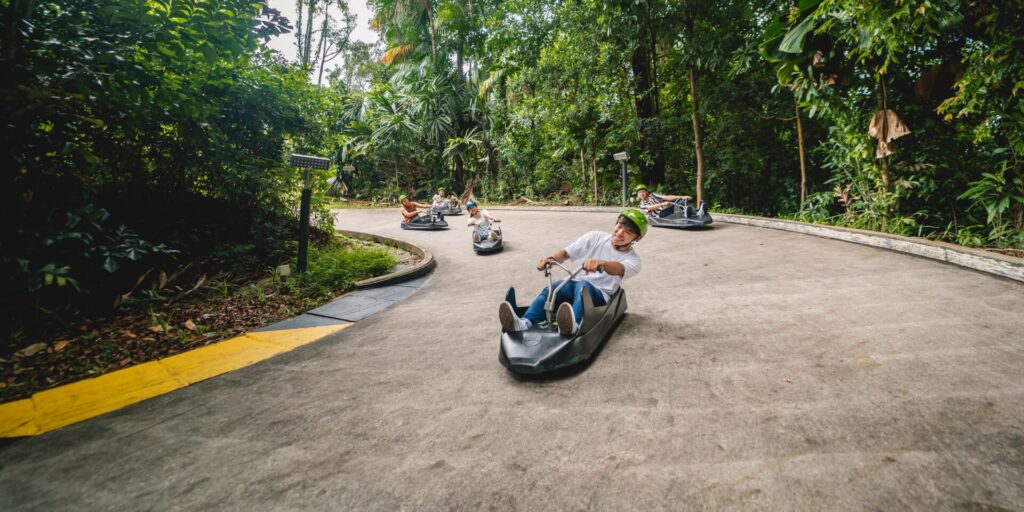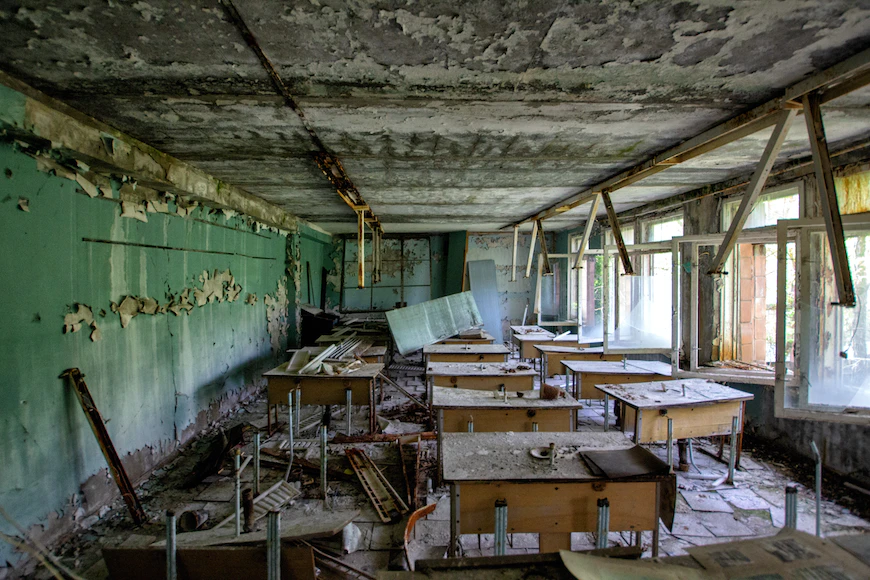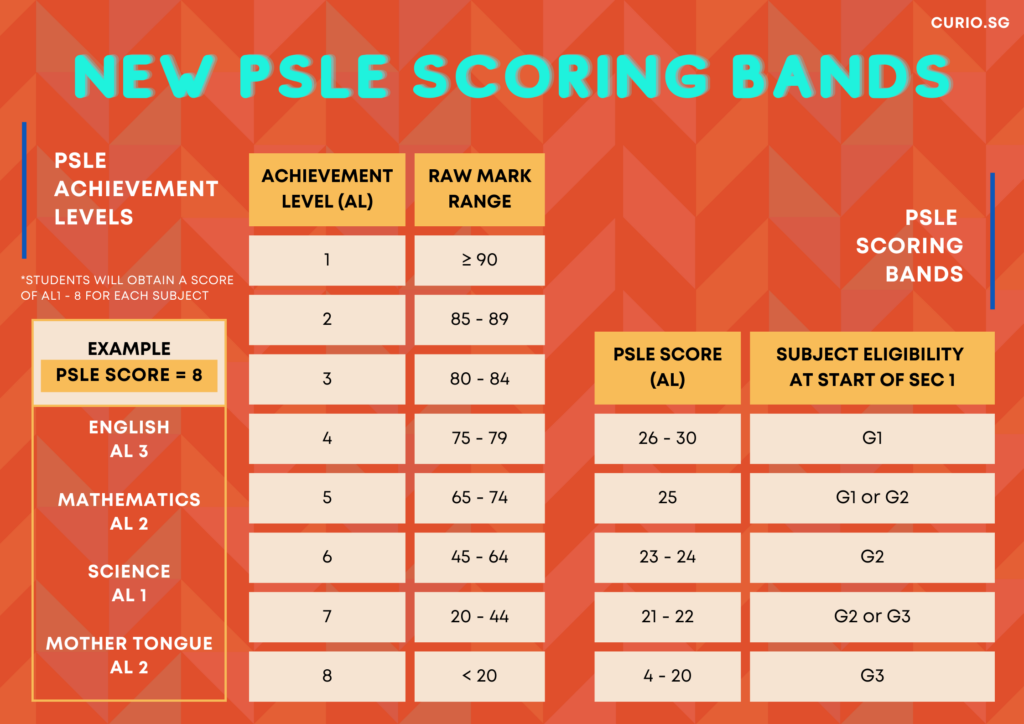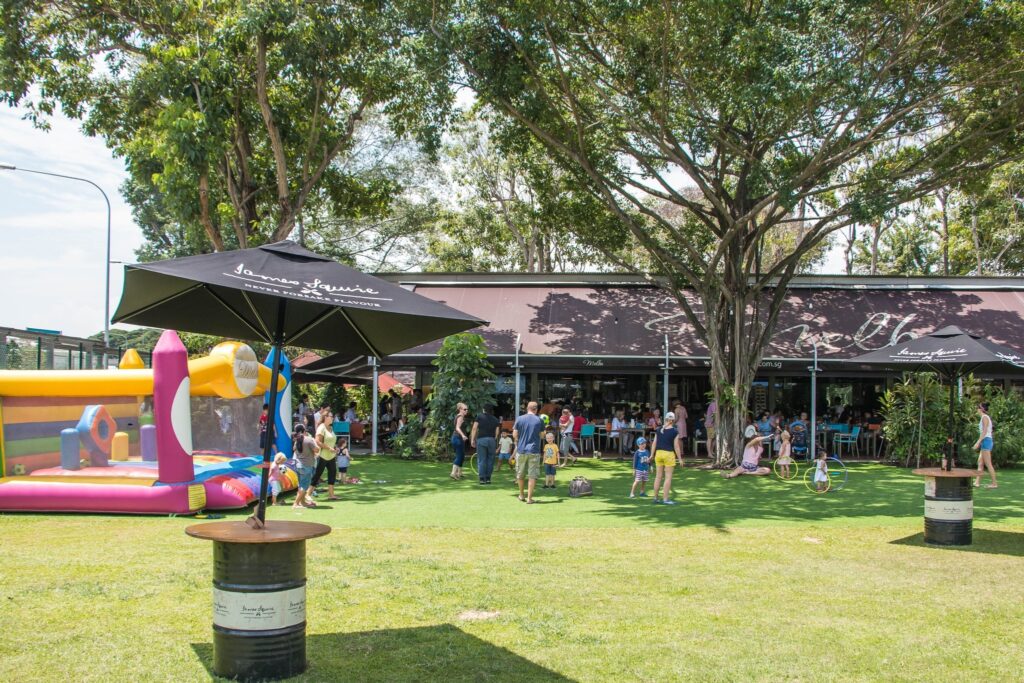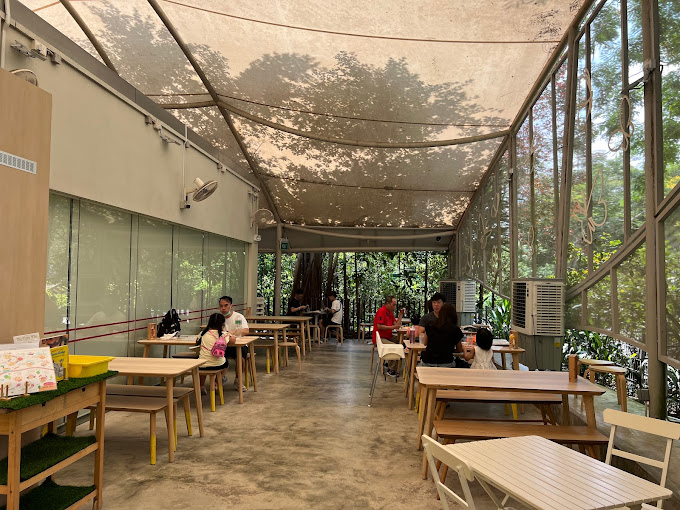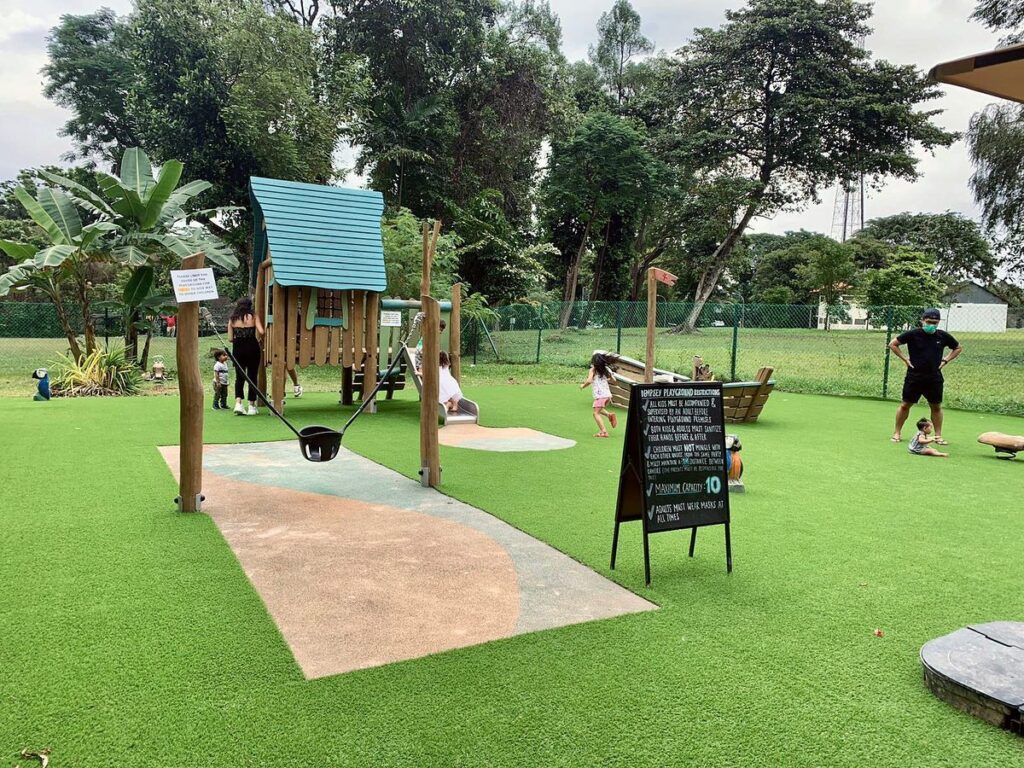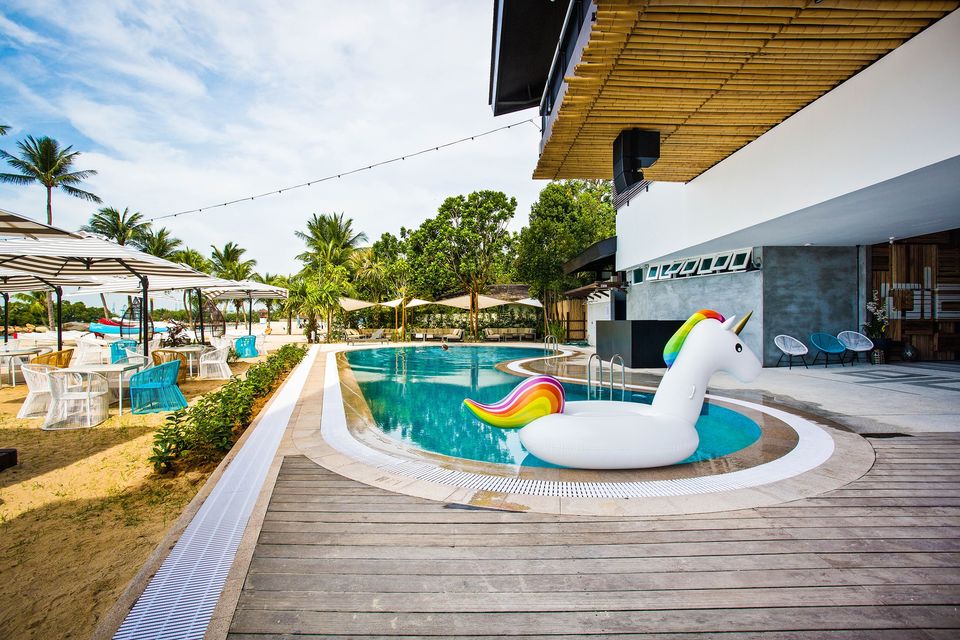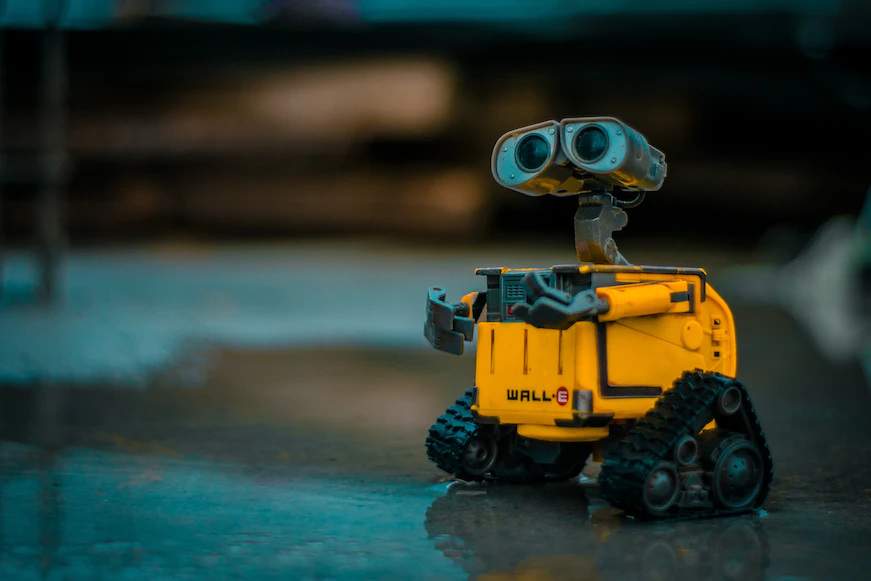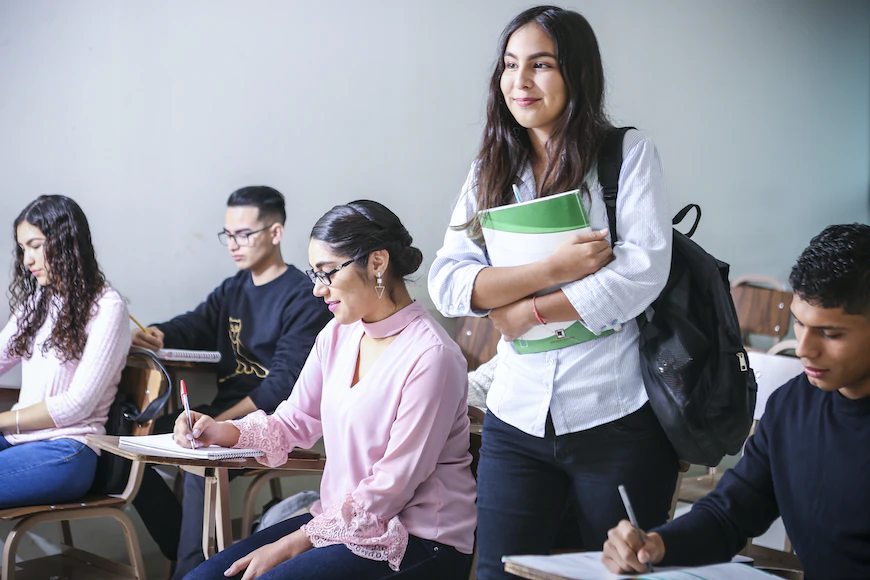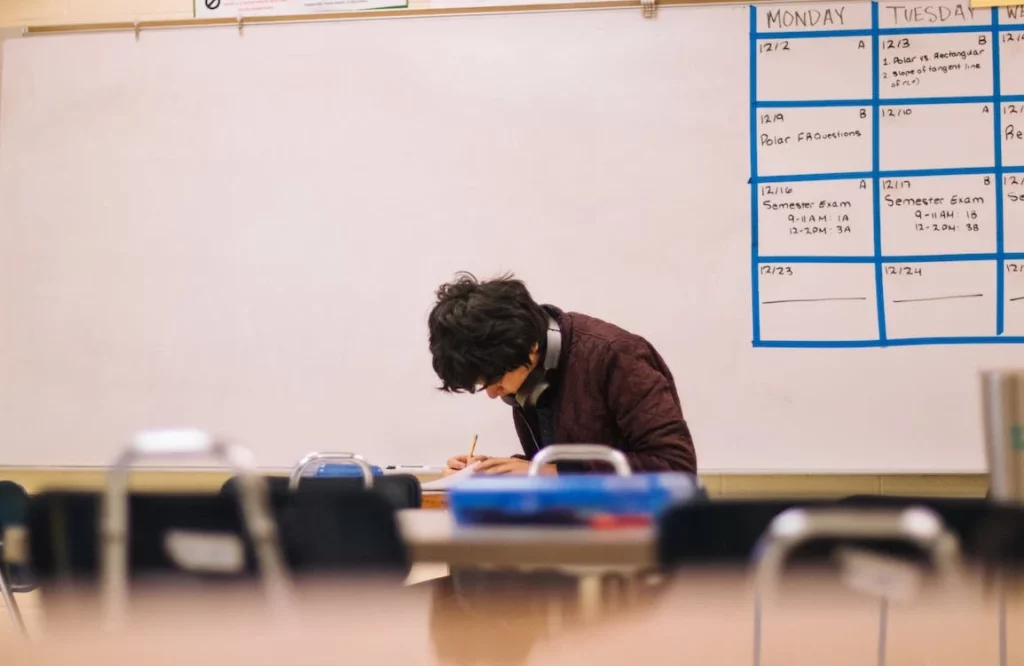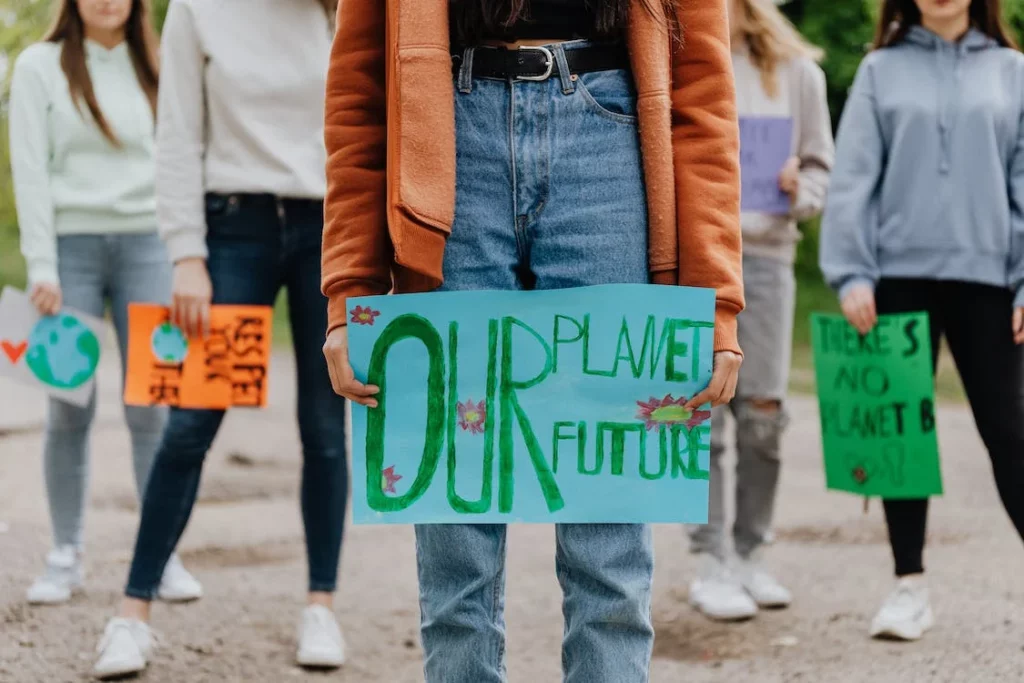"A truly remarkable body paragraph captivates the reader."

An excellent body paragraph is engaging. It should support the central idea or argument of an essay by providing clear, concise information with well backed up evidence and explanations.
A suggested structure is as follows:
POINT – EXPLANATION – EXAMPLE – LINK – EVALUATION
1. Point
Capture the main idea of what the entire body paragraph will consist of: possible to show some form of evaluation
E.g. In today’s society, which is consumer-driven and materialistic, it is indeed of concern that people are becoming increasingly phoney.
E.g. On the other hand, many young people in my society are concerned about the environment, and possibly contributing to saving our world instead of destroying it.
2. Explanation
Explain the point that you have raised and provide an explanation which directly answers the question. This element should take up the BULK of your body paragraph.
E.g. Singaporeans prioritise and take pride in the education system, which churns out prestigious scholarship winners and international science and maths awardees. With the consistent increase in income levels, most people can afford tuition and enrichment classes that give students a leg up in their educational pursuits. However, the path to academic success is not without its pitfalls. Students are often depressed, overworked and highly stressed individuals. In a survey done in 2021…
3. Example
Substantiation of your point and explanation thus far.
Examples of examples that you can use!
- Information gleaned from reliable articles e.g. The Straits Times, The Economist, National Geographic etc
- Examples of known facts e.g. In Singapore, a lockdown titled ‘Circuit Breaker’ was imposed during the height of the Covid-19 pandemic
- Data, Statistics
4. Link
Connect your explanation to your evaluation, use it as a transition
E.g. Therefore it is quite clear that the local arts scene in Singapore is of incredible relevance to the fabric of the nation’s culture, as it has contributed significantly to the Singaporean identity. Keeping that in mind…
5. Evaluation
Consideration of all key factors that have contributed to the JUSTIFICATION of your argument. Point out a challenge to your point, followed by a justification for why it cannot hold. (as compared to your stand of course!)
Tip: Is there a long or short term consequence that may arise due to any assumption you have raised?
Tip: Are there entities who may (or may not) be affected by the points you have raised?
Downloadable Notes:




